Performance and sound characteristics
I’ve had the pleasure of having Focal’s Stellia in-house for my review earlier in the year, and Jesse at Busisoft AV was kind enough to loan Focal’s rather excellent $1,500 USD ‘Clear’ headphones along with the Arche to put it through its paces. Given that I’m fairly well versed with the characteristics of the Stellia by now using other equipment, I was beyond curious to hear how the Arche’s bespoke amplification settings would fare with it.
I also lined-up an array of planar magnetic and high/low impedance dynamic headphones to test with the Arche to get a sense of how it performs with products outside the Focal line-up. Focal doesn’t provide detailed specifications for the Arche’s power-rating, only citing that it delivers a maximum power of “2 x 1W @ 1kHz under 32 Ω”. So I’m unable to tell the specific power delivered at certain impedances, nor via the balanced output versus the single-ended output. However, where possible I stuck to the balanced output to reap the presumed benefits of improved power and lower cross-talk. Focal provides 4-Pin XLR cables with both the Stellia and Clear, and so all listening and impressions were made using these.
Arche + Focal Stellia
Focal recommends setting the Arche to ‘LOW’ gain for use with their own headphones as well as any other headphones with less than 150 ohms impedance. Being only 35 ohms impedance and 106dB/mW sensitivity the Stellia doesn’t require much by way of juice to get your toes tapping. Opting to go with the standard (well, maybe not ‘standard’ but it is the first option) amplifier setting – ‘VOLTAGE’ – and cautiously dialing-up the volume pot from zero, the Arche began to unleash the Stellia’s familiar dynamic fury and beguiling detail at just over ‘20’ in low-gain mode, and I was happy to settle at into a comfortable listening-level of Smashing Pumpkins ‘Mayonaise’ at ‘28’. After a few bars of the quiet guitar intro, a smile crept over my face with the entry of the powerful, controlled bass at the 45-second mark, and went ever wider when the big, wide, warm hug of Billy Corgan’s over-dubbed guitar tracks came in a couple of bars later. Immediately the Arche impressed with a sound that immediately lept-out as being big, vivid, and engaging. Sterile it is not – the Arche has a real sense of body, particularly in the mid-range where vocals and instruments live, and rewards with a lovely sense of organic texture. The phrase musicality is somewhat banal, but it feels relevant to apply here in the case of the Arche.
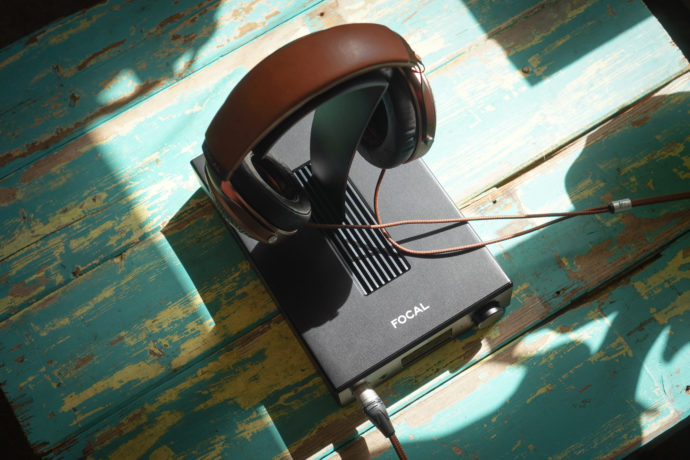
The next track that Roon served-up was Pearl Jam’s raucously-rad ‘Go’, and it was time to play with the Arche’s settings. While I was just noting to myself how wide and spacious the presentation of the Stellia + Arche combination felt, I flicked the amplifier setting from ‘VOLTAGE’ to ‘HYBRID’. Immediately the upper treble felt like it took a 1-2dB dip, with the bite of the guitar and cymbals parts stepping back a bit in terms of bite and attack. I then switched to the ‘STELLIA’ mode and the difference became even more pronounced, along with a reduction in bass quantity. While Robert Smith’s voice is immediate and urgent in ‘Lovesong’ in ‘VOLTAGE’ mode, it becomes altogether less intimate in the dedicated mode that Focal intended for their flagship closed-back – almost as if he had taken a half-step back from the microphone. I’m a bit torn as to whether or not I think the Arche ‘improves’ the Stellia with its bespoke setting for it. On one hand, it does make for a slightly less fatiguing and more rounded, romantic listen on the Stellia; but I can’t help but feel like this clips its wings in terms of taking away some of the wow and excitement from the Stellia’s big, in-your-face presentation.
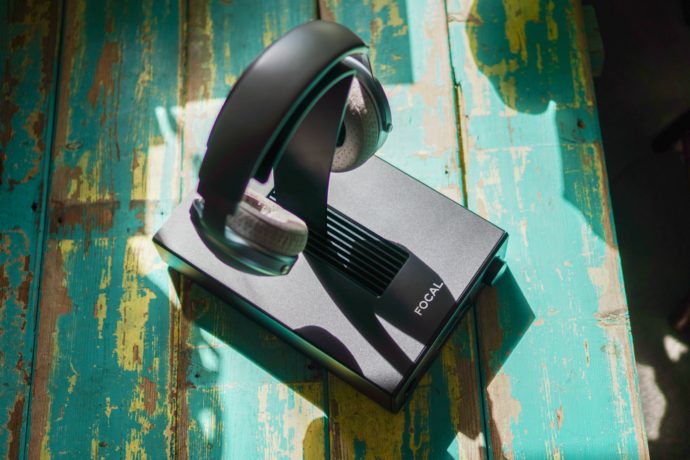
Arche + Focal Clear
Next, it was time to swap-out from the closed-back Beryllium drivers of the Stellia for the open-back, Aluminium/Magnesium-domed drivers of the Focal Clear. Now I hadn’t spent a ton of time with the Clear before this review, having only spent the odd minute or two with them in noisy HiFi stores. Requiring a little more gain than the Stellia to get to the same volume level, the Clears are much more light-footed coming off the back of a session on the Stellia, with a much more even, refined and airy presentation – they did give these ones the correct name, alright. The Clear + Arche combo stunned right-off-the-bat with a stunningly transparent and open rendition of Beck’s ‘Guess I’m Doing Fine’. The Clear doesn’t throw the widest stage in terms of width, but there was a noticeable improvement in terms of more vivid instrument separation when listening on the Arche compared to the Topping A90 + D90 MQA stack. Moving back-and-forth with the two DAC sections grouped together in Roon, the Arche was able to create more finely etched, locatable individual parts within a 3D-space.
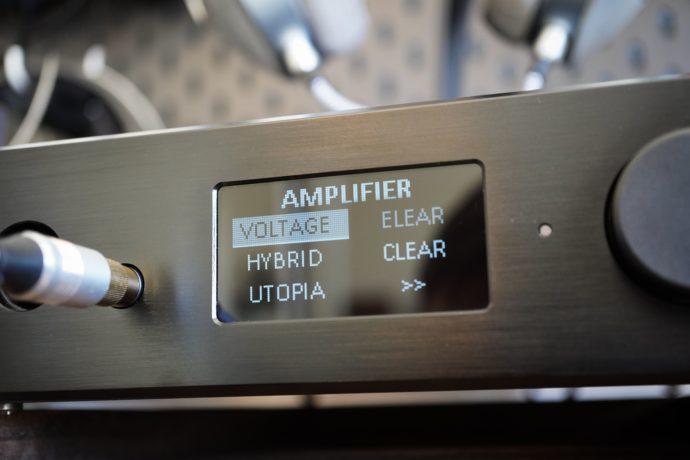
Focal Arche
Tinkering with the amplifier modes proved to be far more subtle on the Clear than the Stellia. Moving from ‘VOLTAGE’ to ‘HYBRID’ didn’t appear to make any noticeable difference on the 55 ohm/104dB/MW Clear, but the dedicated ‘CLEAR’ mode did appear to drop away the energy above 6kHz or thereabouts in Blur’s ‘Coffee and TV’. The Clear has an exceptionally-linear sound signature with a treble-energy bordering on forward, but the Arche does actually succeed in making the Clear even more…even. Consonant sounds and cymbal-hits in Oasis’ ‘Rock ‘n Roll Star’ lose some of their brittleness, but again – like the Stellia, it’s at the detriment of overall energy and excitement.
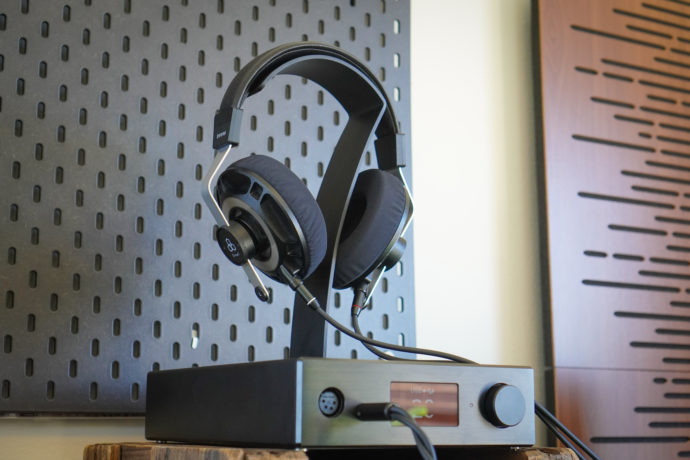
Arche + Final D8000
Final Audio’s big, heavy flagship planars – the 60 ohm/98 dB/mW D8000 seemed to appreciate the Arche’s high gain mode, which made the stringed bass line in Jeff Buckley’s ‘Last Goodbye’ land with more authority and impact after being switched-over from low gain, which sounded positively anemic by comparison. I really enjoyed the Arche + D8000 pairing – while there wasn’t much discernable difference between voltage/hybrid amp modes, the Arche brought-out the signature thicc-ness in the D8000’s warm, velvety character while managing to eke out a slight edge in treble detail and resolution versus the A90/D90 MQA stack.
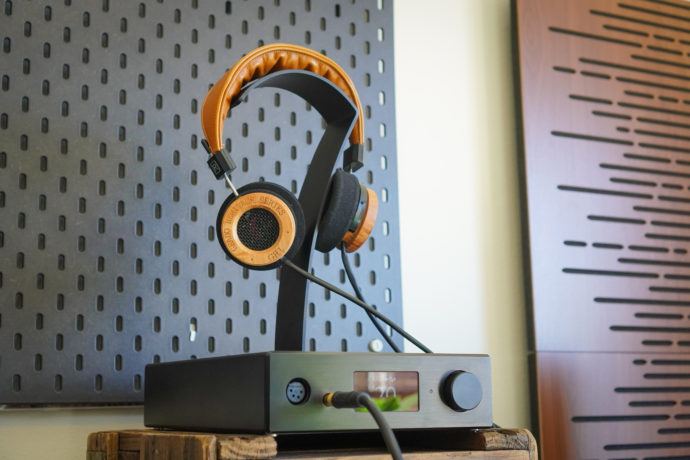
Arche + Grado GH1
Switching-back the Arche to low-gain mode, I was keen to hear how it fared with a pair of Brooklyn’s finest thrown at it. The low-impedance GH1 loves a bit of voltage and voltage it certainly received with the Arche and a little ‘Vietnow’ from Rage Against The Machine. Well, I’ll be damned if this isn’t some of the best Grado-bass I’ve ever heard – the Arche gets the first model in ‘Heritage Series’ absolutely slamming. It’s tight, fast, and aggressive. ‘HYBRID’ mode shaves a fraction of vocal and treble attack off proceedings, but it’s barely noticeable – best to keep it in ‘VOLTAGE’ with these guys, it’s a hoot.
Arche + Sennheiser HD650
Pairing with the venerable HD650 proved to be generally impressive, with the Arche happily getting the 300-ohm drivers singing at ’23’ on high gain. The Arche’s sprinkle of tonal richness favours the naturally warm tone of the Sennheisers as is able to give them both the bass extension and control and treble extraction that they need to keep their technicalities in-check with their flawless timbre. The Arche gave the HD650 the edge in mid-range texture and body over the Topping A90/D90 MQA stack, presenting an overall ‘wetter’ more vivid sound, but Radiohead’s ‘Fake Plastic Trees’ had a little more treble transparency and zing on the Questyle CMA600i when played back-to-back with the Focal.
Arche + IEM use
While it’s been designed around use with full-sized high-end headphones, the Arche seems to be up to the task of being workable with IEMs. Now that’s not to say that you should go out and buy an Arche for use with your IEM collection, but if you’re a headphone user (and probably a Focal one, at that) and want to use IEMs from time to time then it’s a plausible solution. The excellent digital volume control eliminates channel imbalance, and an album’s worth of listening with the 16 ohm/102dB/mW Final A8000 didn’t show-up any signs of noise or hiss.
Head over to page 4 for our final conclusions.







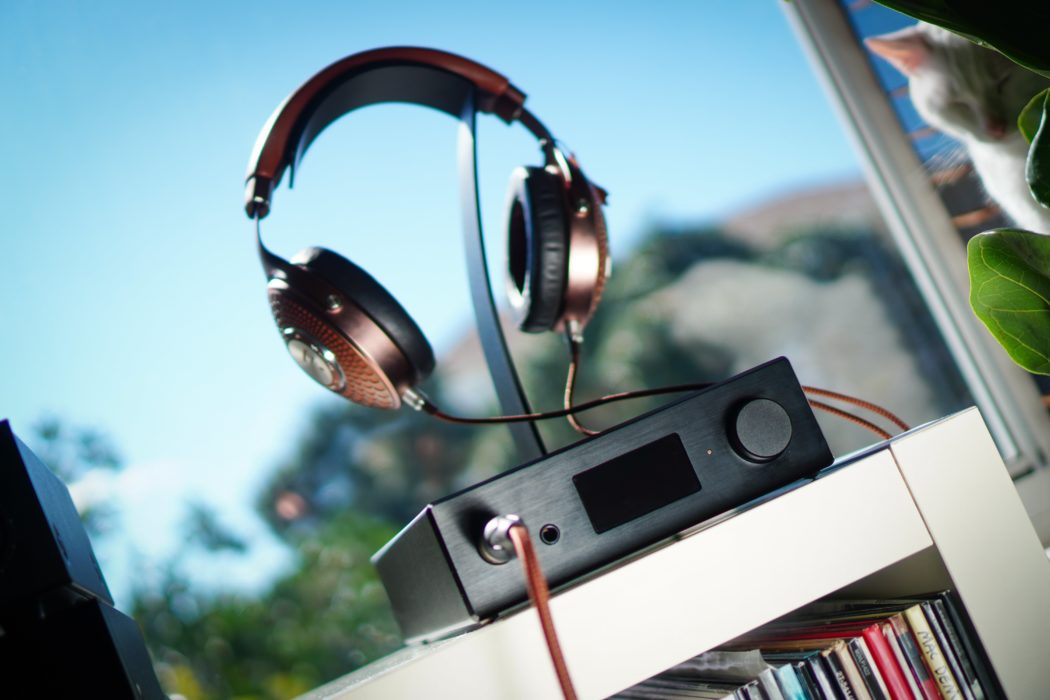
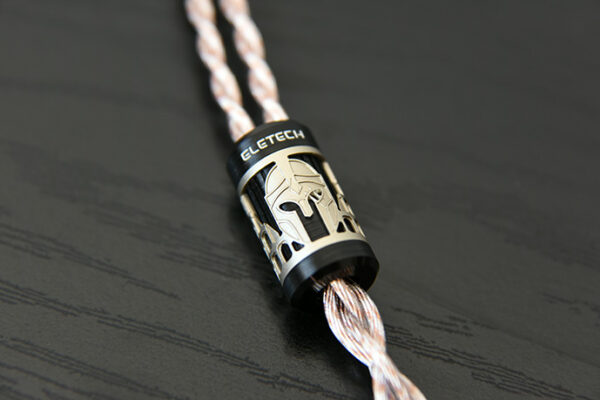
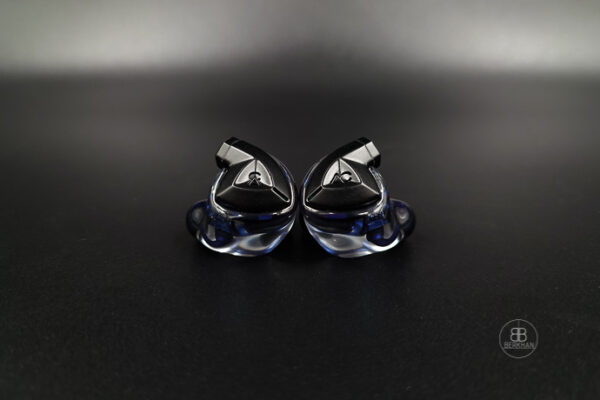
Sharanpreet Kaur
Great and wonderful review of focal arche.
Lieven
Thank you! 🙂
Mike I
Hello Matty, hello Lieven,
Beware: this DAC/AMP was manufactured by Micromega, a firm with big financial problems that was not responding anymore and has just been sold.
Regards,
Mike